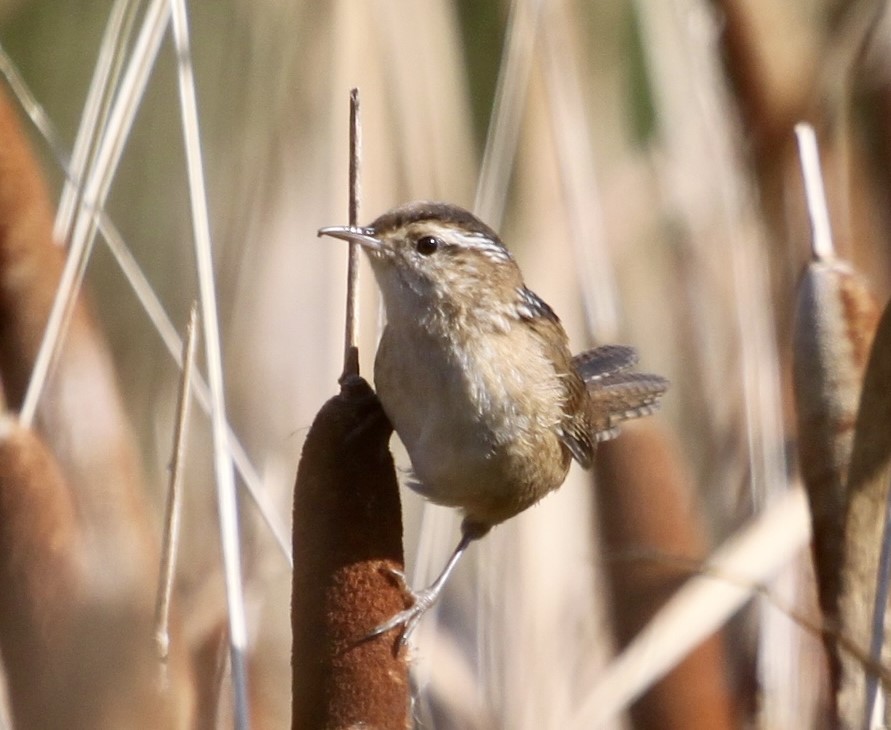
In these days, if you listen to the news at all, it’s difficult not to get depressed with each new climate disaster – fires, floods, storms, disease outbreaks. A recent article in the Guardian notes: Earth’s life support systems have been so damaged that the planet is “well outside the safe operating space for humanity”, scientists have warned. A sense of hopelessness seems to be setting in and that disaster in inevitable. It’s a difficult feeling to ignore. There’s also a sense of helplessness, that nothing I do (or we do) can make a difference. I’ve given up on hoping that governments will do the right things and I’m putting my hope (what little remains) in the collective impact of small initiatives that individuals and groups can do. I really do think that decision makers are missing the boat and we’re simply trying to put band-aids on the results of the main problem, the one that is driving this change: over-population. Just recently I heard about an international conference in which nations expressed the need to increase their populations, that many countries were concerned that their populations were, in fact, decreasing. Other than having a work force to feed pensions, how is this a bad thing? It’s go me shaking my head.
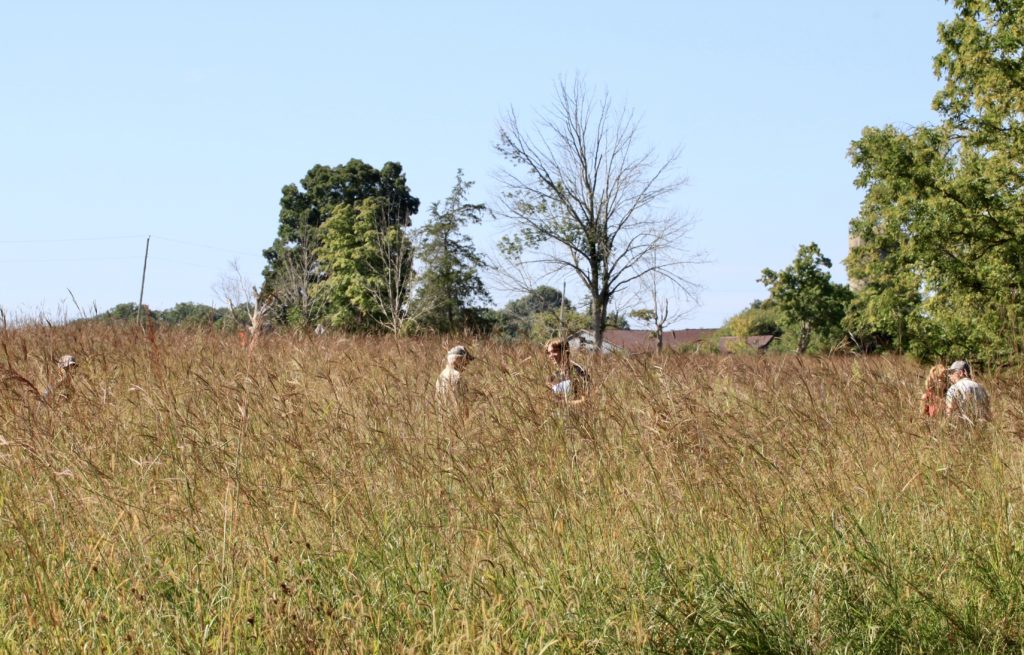
But I have to do something, not just give up. So I have been trying to find some small way to do what I can. The above article outlined two important issues that must be addressed: Phasing out fossil fuel burning and ending destructive farming are the key actions required. That’s why the Hurkmans Farm project is so important to me. We’re taking a small 7-acre field, historically used to grow soybeans and corn, and turning it into a meadow of prairie grasses and native wildflowers. On the one hand it’s been a labour of love; on the other, it’s a lot of hard work.
The grasses (Big Blue Stem, Native Switch Grass, and Indian Grass) were planted last Fall and, with the good growing conditions resulting from this Summer’s rains, have “exploded” and are now head-height….or taller. The next step was to begin the planting of native wildflowers to go along with the grasses and diversify the habitat for insects and birds. On Saturday a “team” of 23+ volunteers arrived to plant over 1,250 wildflower plugs. The flower seed is locally sourced and grown at Kayanase Greenhouse at 6 Nations of the Grand River in Oshweken.
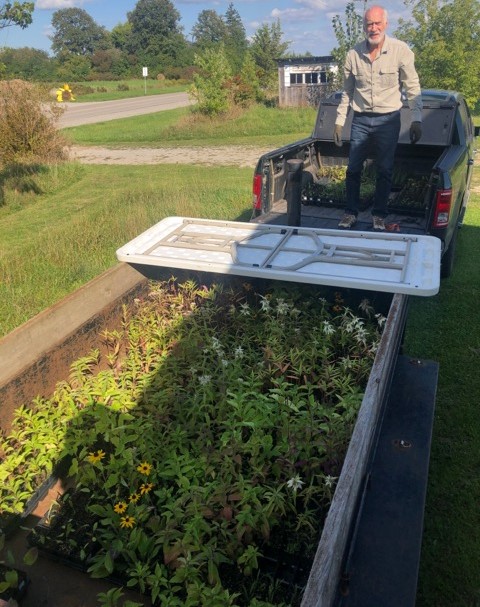
We worked in small teams through much of the morning until all the plugs were in the ground. The wildflowers included: Dense Blazing Star, Brown-eyed Susan, Butterfly Weed, Hairy Beardtongue, Nodding Onion, Lance-leaved Coreopsis, Spotted Bee Balm, Purple Coneflower, Wild Bergamot, Swamp Milkweed, Blue Vervain, Boneset, and Spotted Joe-Pye-Weed. The plantings targeted the northern 10 meters of the field and were divided between dry and wet areas depending on the species. It was a big job but, as the saying goes, many hands make light work. And while we had many hands I don’t think my knees and back would agree with the light work part. I will be watching with great interest how this project unfolds – and I hope some of you take the time to visit the site and wander the paths through the meadow. In the great scheme of things it’s only 7 acres but if we made it a point to develop small wild spaces, even very small ones (like in our yards), their collective area and value would improve the world around us greatly..

And while all this activity was going on, we ran some nets to do some banding. It was a slow day – even well before all the planters arrived. I had been thinking that lots of birds would have required my having to band or oversee the banding thus providing an excuse to shirk my planting duties. But the birds didn’t co-operate.
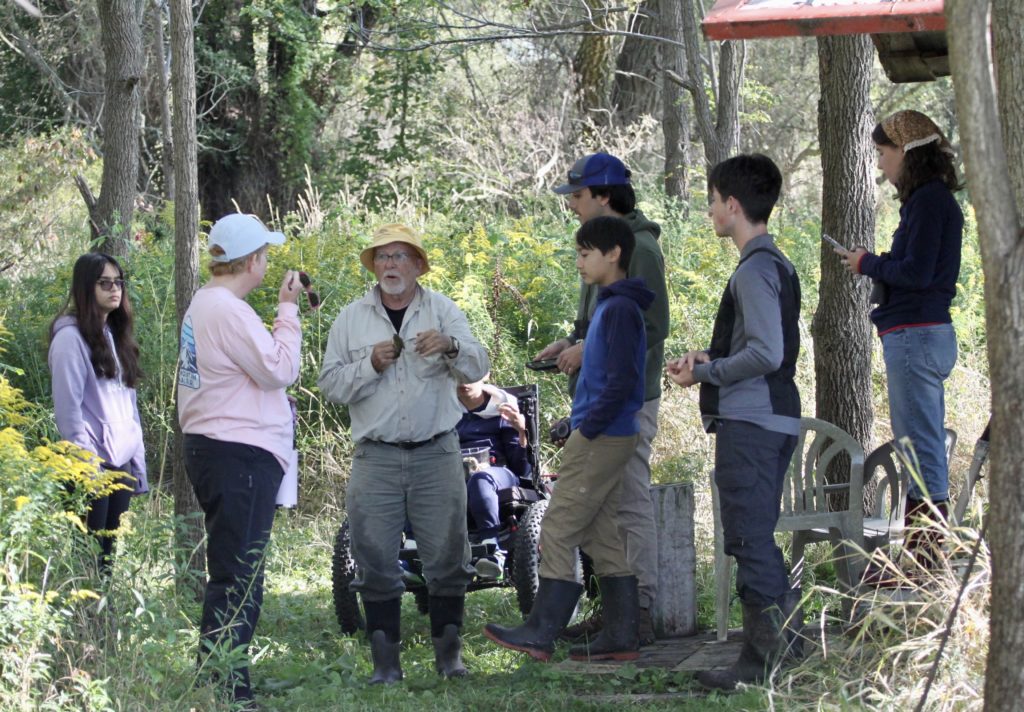
Banded 8:
1 Downy Woodpecker
1 Hairy Woodpecker
1 Song Sparrow
1 Swamp Sparrow
3 Common Yellowthroats
1 Indigo Bunting
ET’s: 44 spp.
Some pictures from the day:
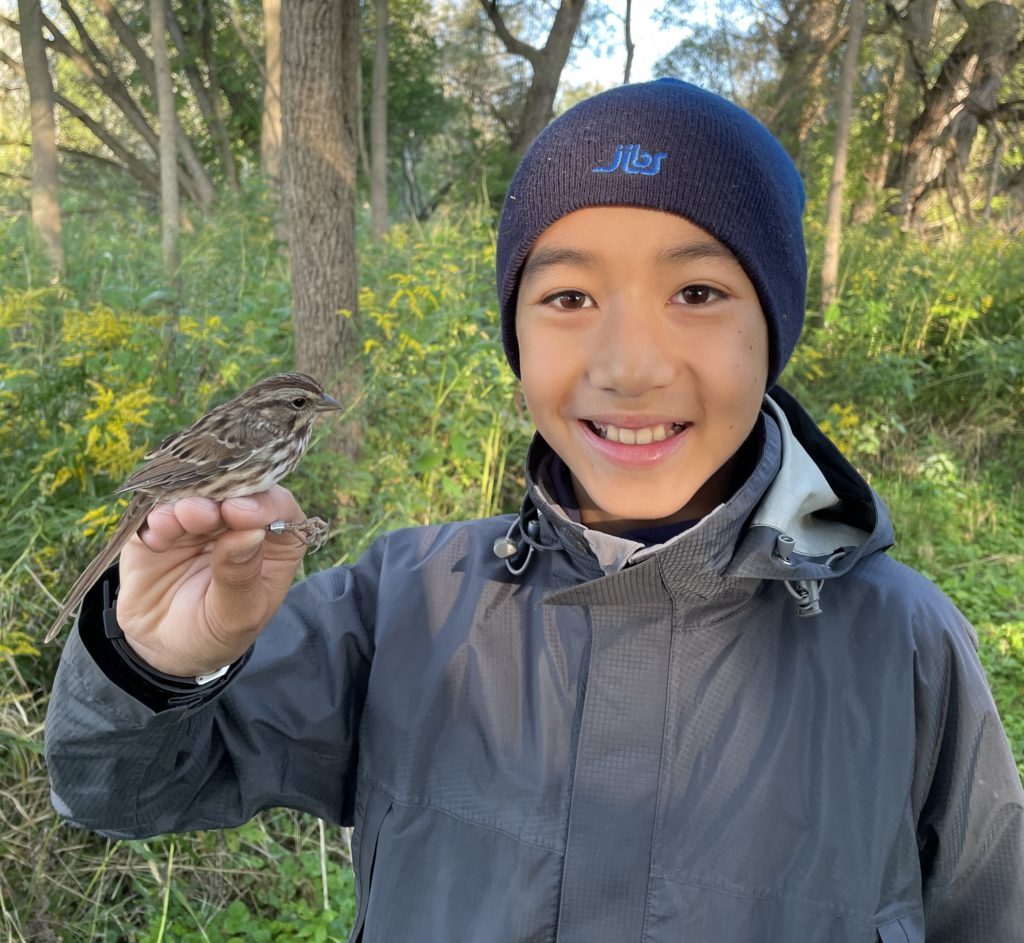
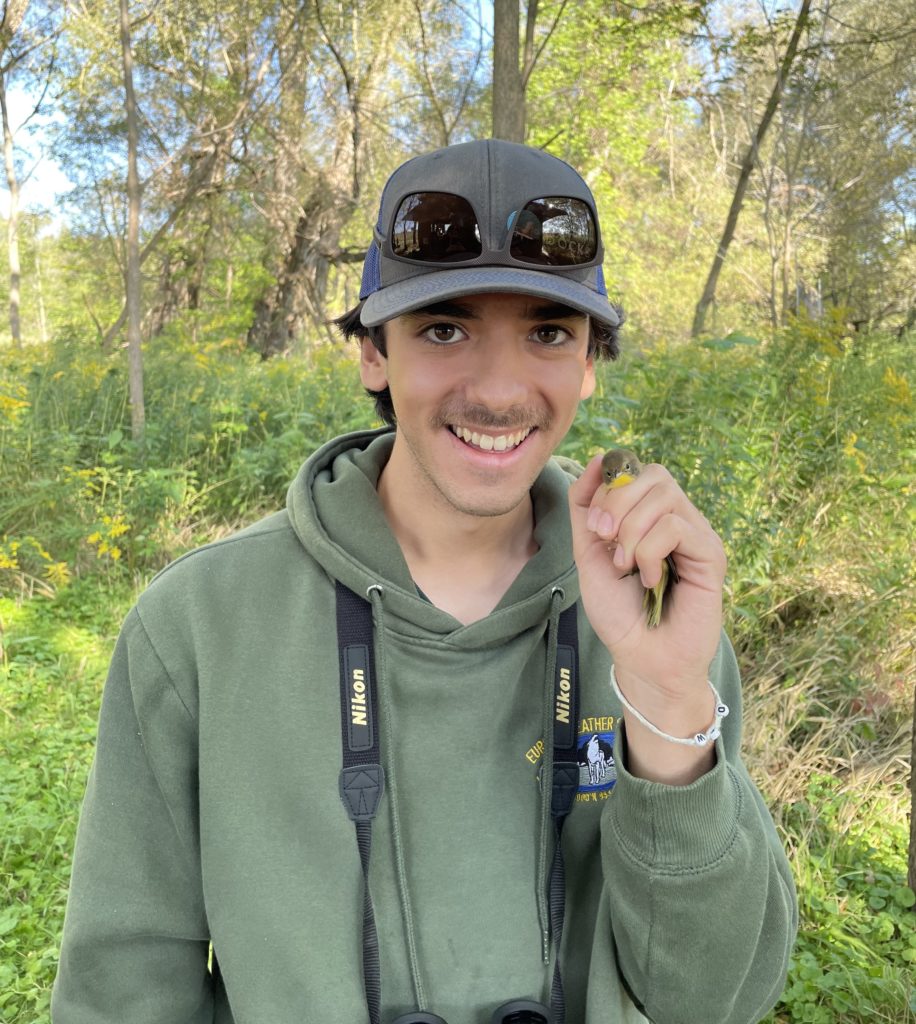

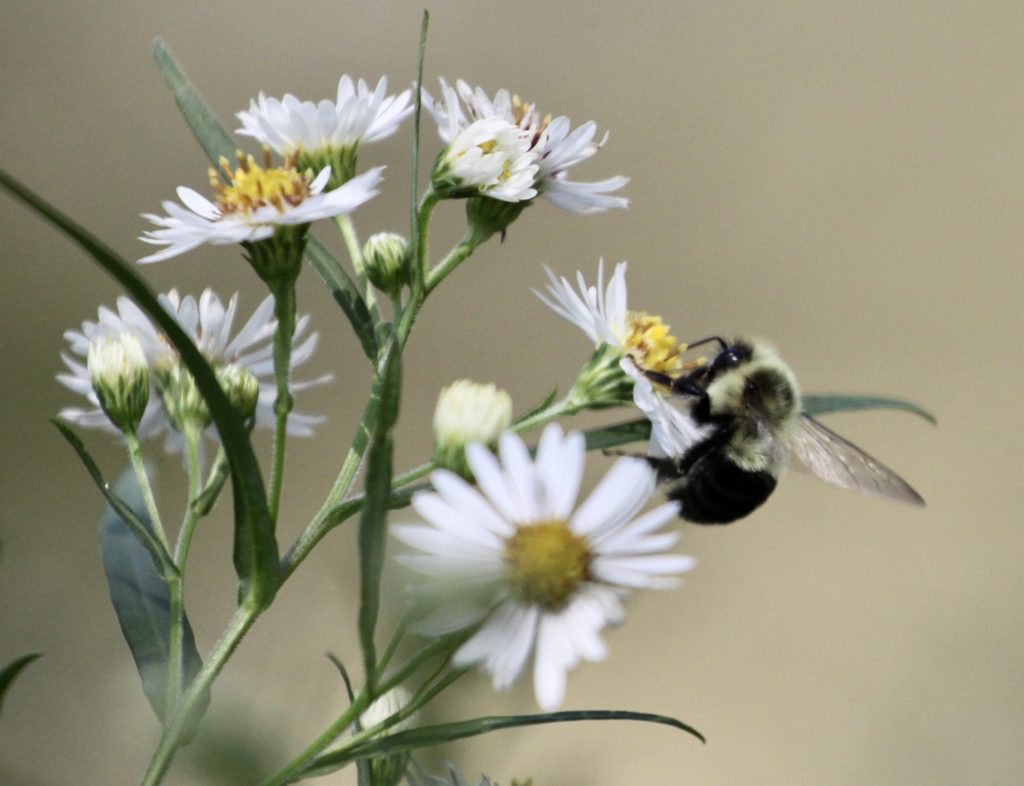
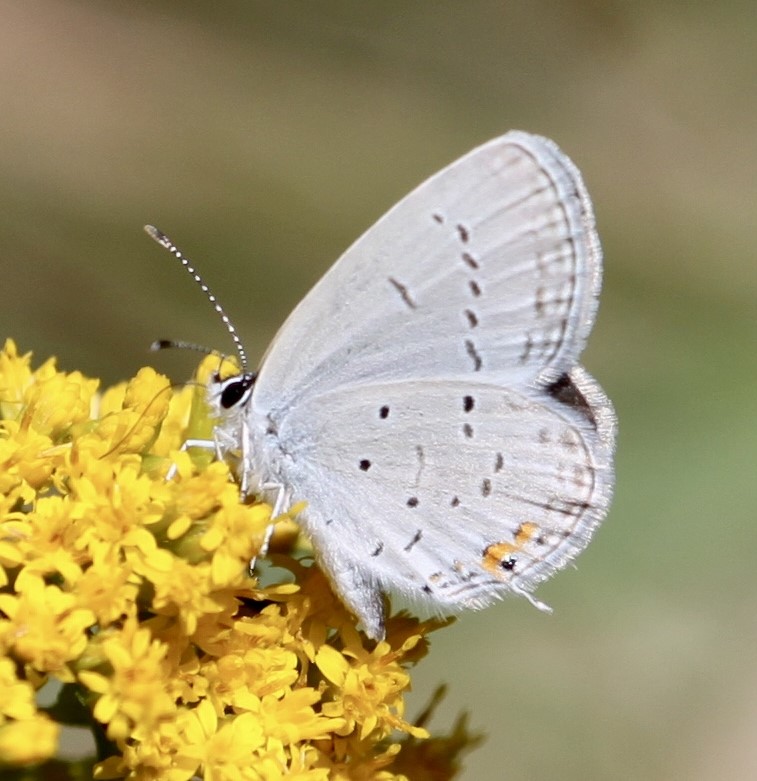
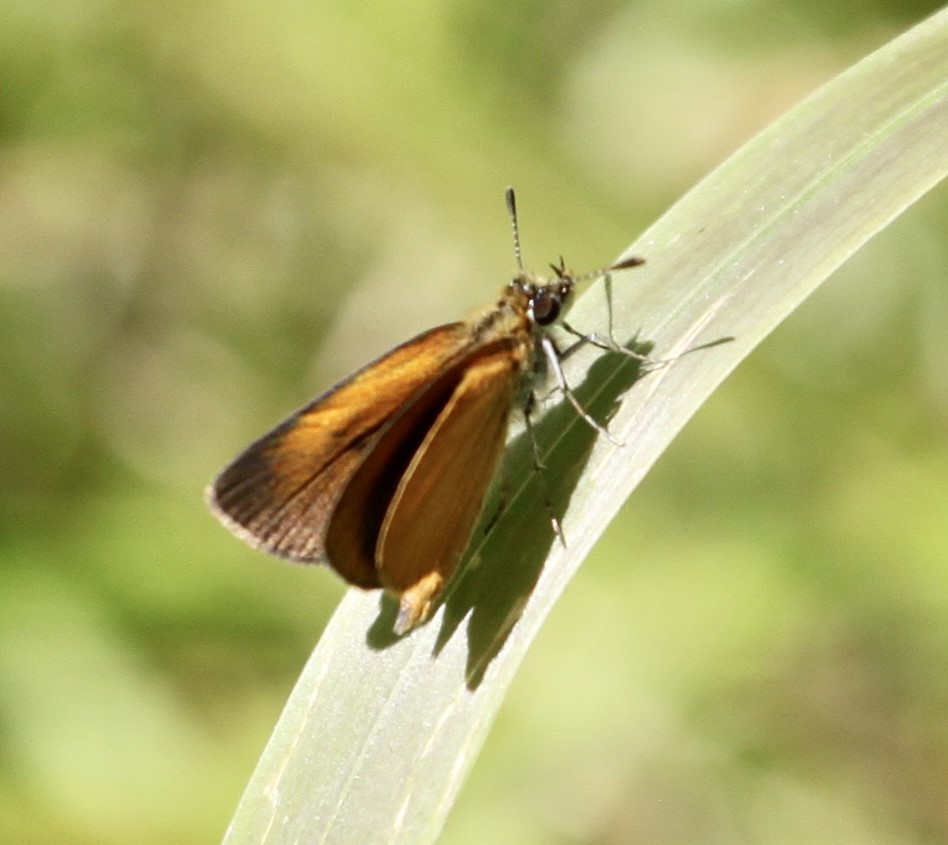
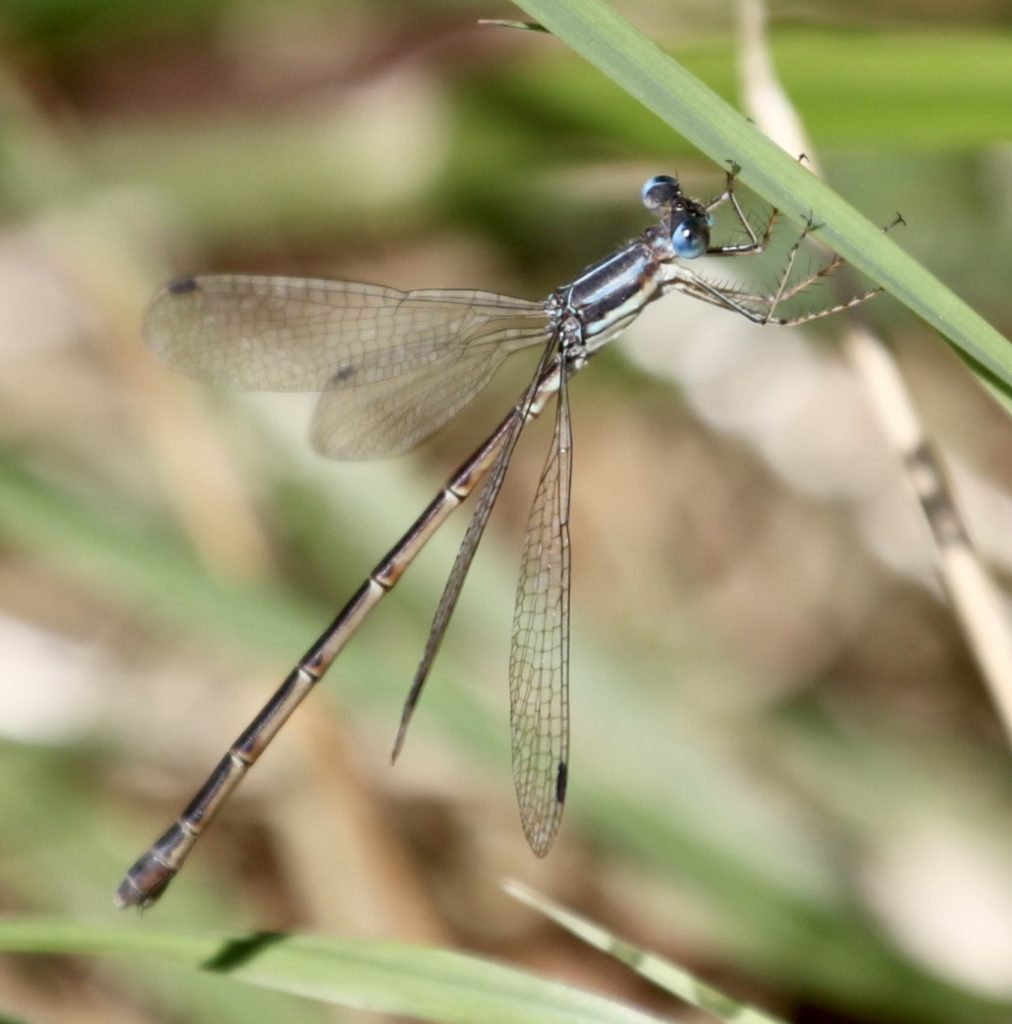

Today, the 17th, it seemed even slower than yesterday even though there was considerable cloud cover that got my hopes up. There was almost no activity up high in the treetops but….we still managed to band 17 birds including the first Blue-headed Vireo and Blackpoll Warbler of the migration.
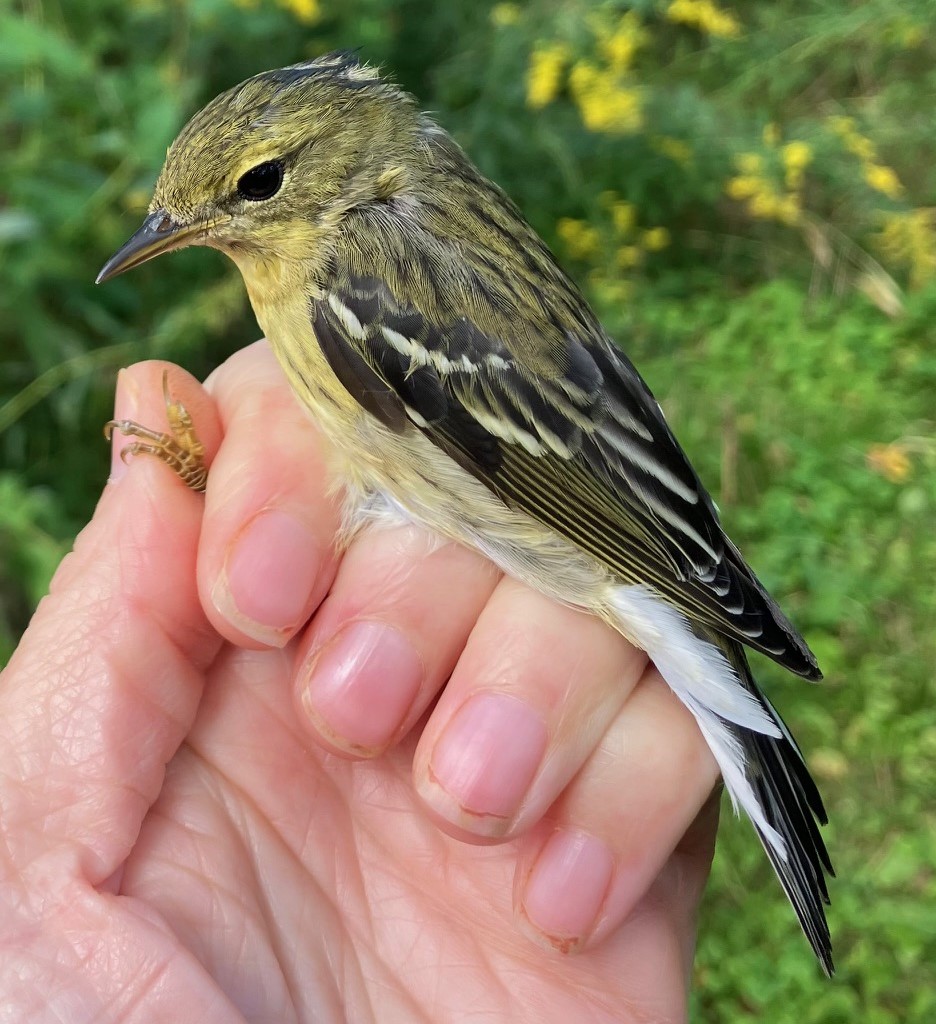
Banded 17:
1 Blue-headed Vireo
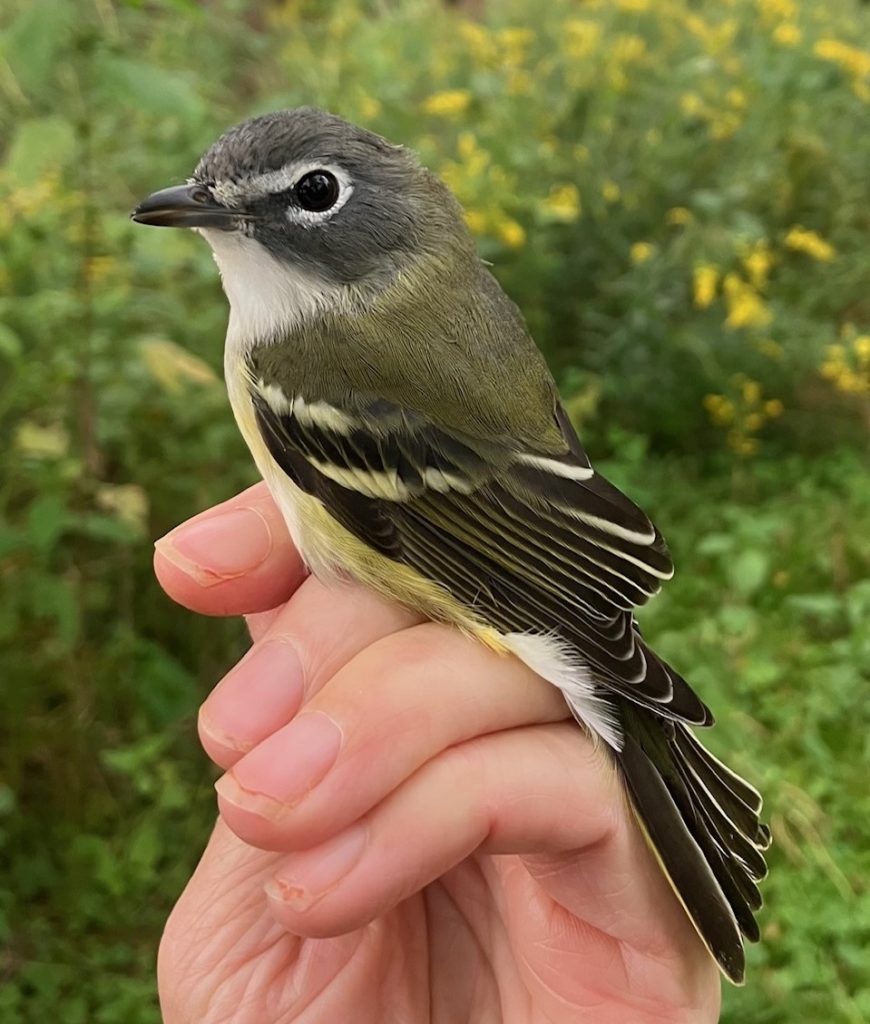
1 Red-eyed Vireo
1 House Wren
4 Song Sparrows
2 Lincoln’s Sparrows
1 Swamp Sparrow
3 Common Yellowthroats

1 Blackpoll Warbler
1 Northern Cardinal
1 Rose-breasted Grosbeak
1 Indigo Bunting
ET’s: 27 spp.
Rick

Man, this post speaks to the heart of the issue that was ailing me all weekend, if not all year. 100% agree with the problem and solution. Depressed anyway. I salute your progress.